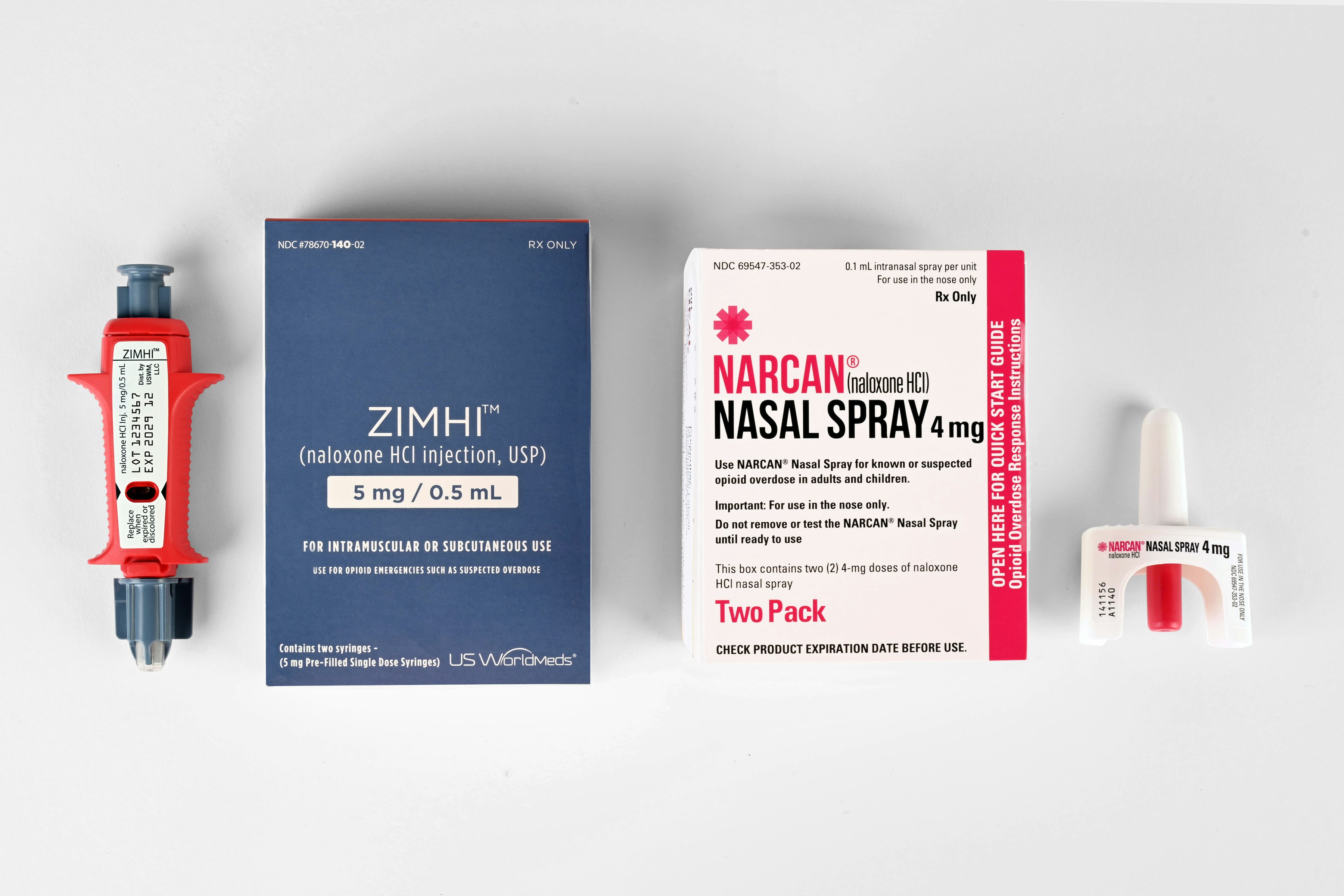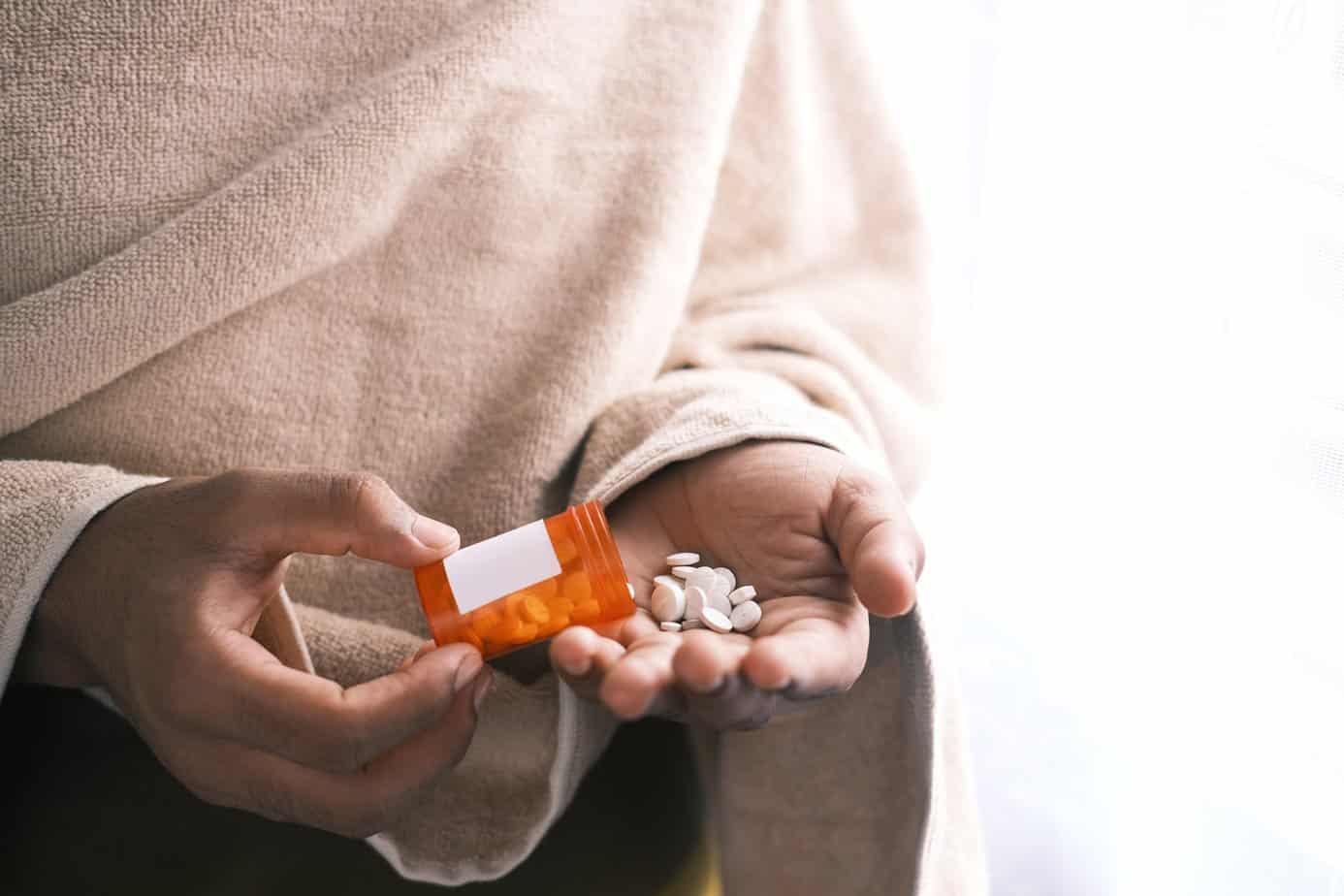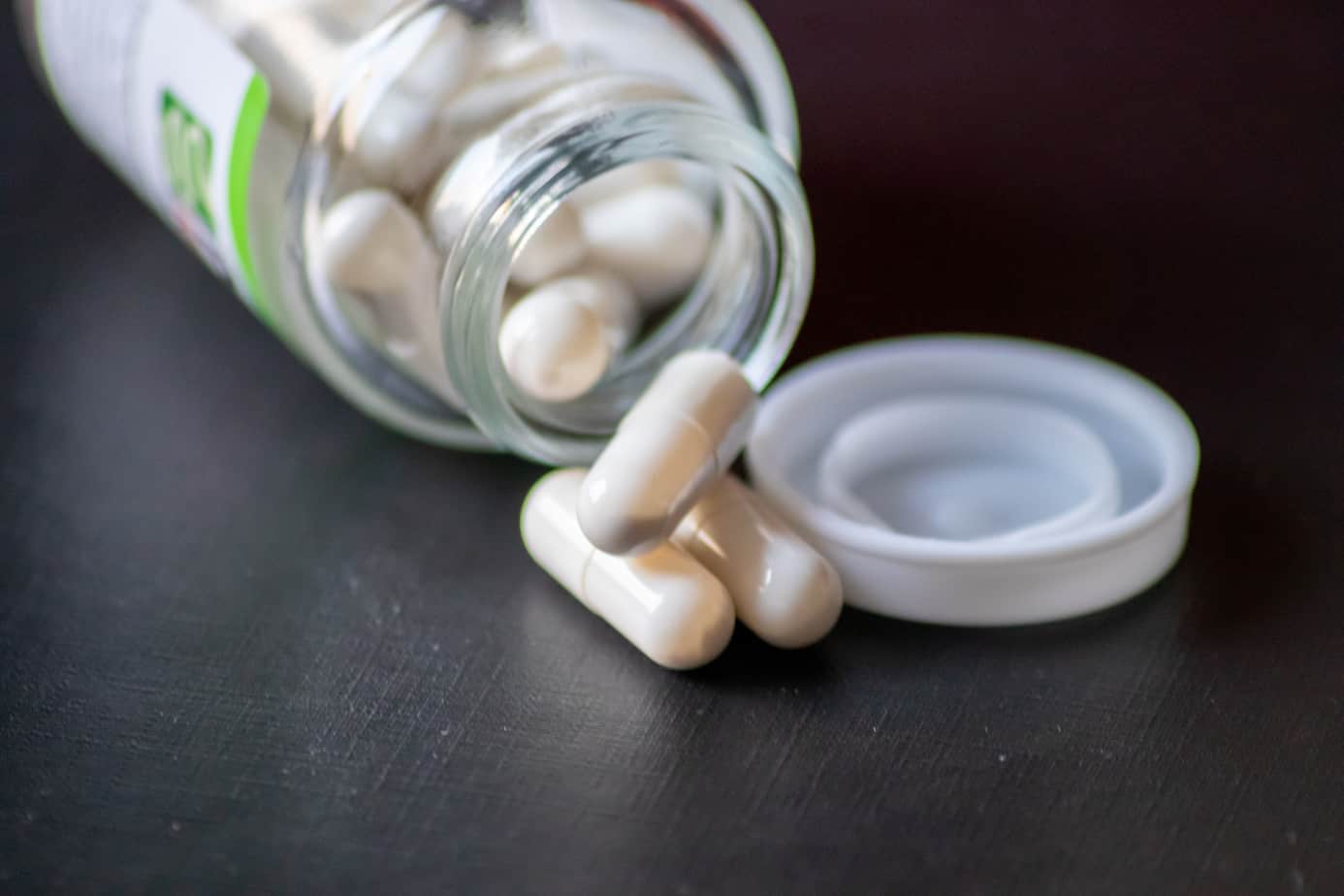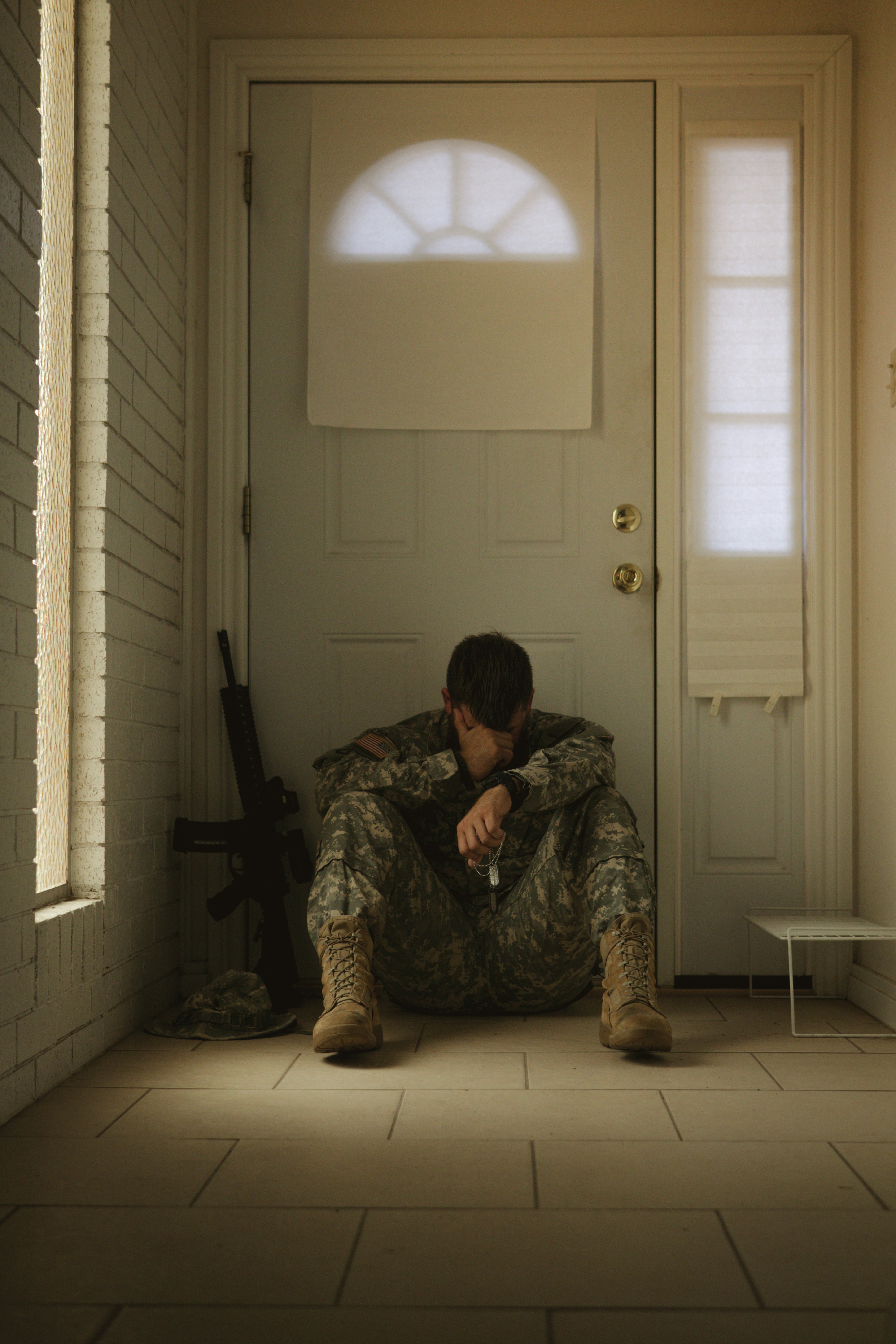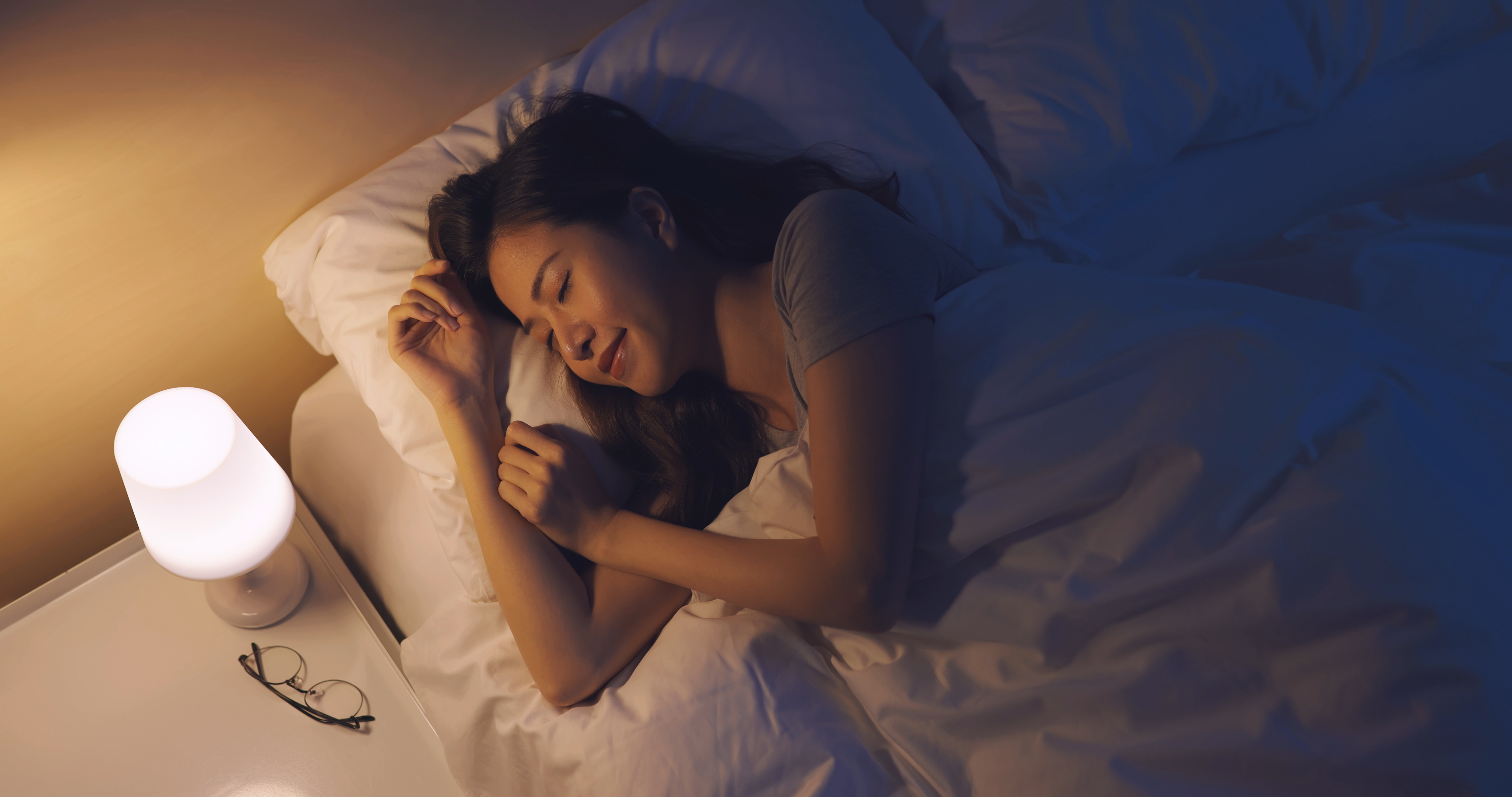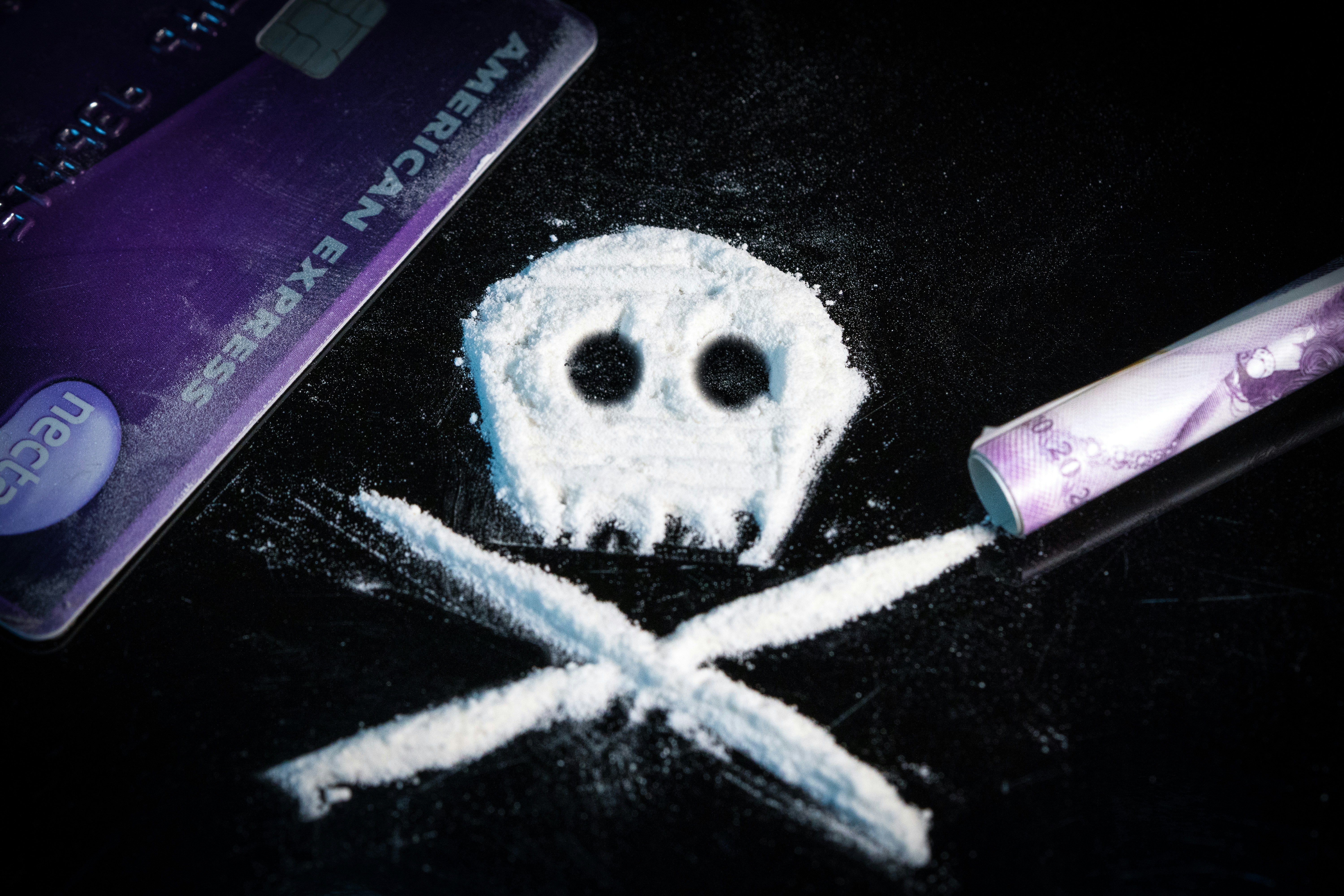Naloxone is a life-saving medication used to reverse opioid drug overdoses by blocking opioids at brain receptors and restoring normal breathing. It works quickly, typically within two to three minutes, but its effects are temporary, lasting 30 to 90 minutes, necessitating immediate emergency medical attention even after administration. Narcan is a brand name for naloxone nasal spray, which is now available over-the-counter in the United States, and can be administered by anyone, even without medical training.
Understanding the tools we have to combat the opioid epidemic is more critical than ever. While the statistics can be grim, there’s a beacon of hope: naloxone. But what is naloxone, and how can it help? Read on to learn more about naloxone (Narcan) and how this life-saving medication can empower you to potentially save a life.
Understanding Naloxone: Definition and How It Works
Naloxone is a medication used to reverse the effects of a drug overdose, specifically an opioid overdose. But how naloxone works is a bit more complex. Opioids, like heroin, fentanyl, and prescription pain medications, attach to receptors in the brain, slowing down breathing and potentially causing it to stop altogether. Naloxone is an opioid antagonist, meaning it binds to those same receptors, effectively blocking the opioids and restoring normal breathing.
Think of it like this: if opioid molecules are keys that fit into locks (receptors) in the brain, naloxone is a key that not only fits into those locks but also kicks out the opioid keys, preventing them from working. This mechanism is why naloxone is so effective in reversing opioid overdoses. It’s important to note that naloxone only works if opioids are present in the system; it does not affect someone who hasn’t taken opioids.
Naloxone vs. Narcan: Differences Explained
Simply put, Narcan is a brand name for naloxone nasal spray. Just like Kleenex is a brand name for facial tissue, Narcan is a specific brand of naloxone. Other brands and generic versions of naloxone are available, including injectable forms and higher-dose nasal sprays like Kloxxado. All of these products contain naloxone hydrochloride and work in the same way to reverse opioid overdoses. The main differences between these products lie in their formulation, how they’re administered (injection vs. nasal spray), and the dosage they contain.
How Long Does Naloxone Take to Work After Administration and Its Duration?
Knowing how long naloxone takes to work after administration is crucial in an emergency. Naloxone works quickly, typically within two to three minutes when administered as a nasal spray. You’ll know it’s working when the person starts breathing normally again. However, the effects of naloxone are temporary. The half-life of naloxone in the body is relatively short, lasting only 30 to 90 minutes. This is why it’s crucial to call emergency services, even if the person wakes up after receiving naloxone. The opioids in their system may still be active, and the overdose symptoms could return as the naloxone wears off. This is known as re-narcotization.
What Happens to a Person After Naloxone Is Given?
After naloxone is administered, the person’s breathing should return to normal. They may wake up, but they might also experience withdrawal symptoms. Understanding what happens to a person after naloxone is given is important. Withdrawal symptoms can include nausea, vomiting, body aches, and agitation. It’s important to stay calm, reassure the person, and monitor their breathing until emergency services arrive.
Steps for Administering Naloxone Nasal Spray
Administering naloxone nasal spray is straightforward and can be done by anyone, even without medical training. Here are the steps:
- Recognize the signs of an opioid overdose: unconsciousness, slow or stopped breathing, pinpoint pupils, and bluish skin.
- Call emergency services immediately.
- Lay the person on their back and tilt their head back slightly.
- Remove the naloxone nasal spray from its packaging.
- Insert the tip of the nozzle into one nostril.
- Press the plunger firmly to deliver the dose.
- Place the person on their side in the recovery position.
- Monitor their breathing and administer a second dose after two to three minutes if they don’t wake up or start breathing normally.
Important note: unlike other types of nasal sprays, do not prime the pump with Narcan. It can waste the dose and render the administration ineffective.
What to Do After Administering Naloxone and the Person Wakes Up
After administering naloxone and the person wakes up, stay with them and continue to monitor their breathing. Explain what happened and reassure them. Keep them comfortable and lay them on their side to prevent choking if they vomit. Wait for emergency services to arrive and follow their instructions. Keep in mind, the person may wake up agitated and angry.
Information About Naloxone
Below is information about obtaining and storing naloxone and other important information that you should know.
Is Naloxone Available Over the Counter Without a Prescription?
As of March 2023, Narcan nasal spray is available over the counter in the United States. This means you can purchase it at pharmacies and retail stores without a prescription. This increased accessibility is a game-changer in the fight against opioid drug overdoses.
How to Get Free or Low-Cost Naloxone Kits in My Area
If cost is a concern, there are ways to access naloxone at no or low cost. To find out how to get free or low-cost naloxone kits in my area, contact your local health department, search online for naloxone distribution programs, or reach out to harm reduction organizations. Many states also have programs that provide free naloxone to qualifying individuals and organizations.
Understanding the Naloxone Good Samaritan Law Protections
Another crucial aspect of overdose response is understanding the naloxone Good Samaritan Law protections. These laws protect individuals who call for help during an overdose from being arrested for drug-related offenses. These laws encourage people to seek help without fear of legal repercussions, ultimately saving lives. However, it is important to know the limitations of these laws as they vary by state.
Who Should Carry Naloxone Besides First Responders?
The answer to who should carry naloxone besides first responders is simple: anyone who might witness an opioid overdose. This includes people who use opioids, their friends and family, parents of young adults, and people who work in settings where they might encounter individuals at risk of overdose, such as homeless shelters and social service agencies.
How to Store and Maintain a Naloxone Kit
Proper storage is essential to ensure naloxone’s effectiveness. Knowing how to store and maintain a naloxone kit is important. Store naloxone at room temperature, away from direct sunlight and extreme temperatures. Check the expiration date regularly and replace expired kits.
Can Expired Naloxone Still Be Used in an Emergency?
While it’s always best to use unexpired naloxone, research suggests that expired naloxone may still be effective. In an emergency, using expired naloxone is better than not using any at all.
Naloxone Training for Family Members and Caregivers
Even though naloxone is easy to administer, naloxone training for family members and caregivers will give you the confidence to act quickly in an emergency. Contact your local health department or harm reduction organization for training opportunities.
The Half-Life of Naloxone in the Body
The half-life of naloxone in the body is relatively short, typically around one to two hours. This means that the effects of naloxone wear off quickly, highlighting the importance of calling emergency services and monitoring the person’s breathing even after they wake up.
Does Naloxone Work for Non-Opioid Drug Overdoses Like Cocaine or Alcohol?
The answer to this is no. Naloxone only reverses the effects of opioid drug overdoses. It will not work for overdoses involving other substances, such as cocaine or alcohol.
What Are the Side Effects of Giving Someone Naloxone?
While naloxone is a safe medication, there are potential side effects. What are the side effects of giving someone naloxone? The most common side effects are withdrawal symptoms, such as
- Nausea
- Vomiting
- Body aches
- Agitation
These symptoms are temporary and not life-threatening.
Naloxone is a powerful tool in the fight against the opioid overdose crisis. By understanding what it is, how it works, and how to administer it, you can be prepared to save a life. Don’t wait until it’s too late. Get trained, carry naloxone, and be a lifesaver in your community. Contact your local health department or harm reduction organization today to learn more and get involved. The life you save could be that of a friend, family member, or even a stranger.
If you or someone you know is struggling with substance abuse, Mountainside can help. We offer individualized therapies that meet people where they are. Speak to an admissions specialist today about the available options!
If you or a loved one is struggling with addiction, Mountainside can help.
Click here or call (888) 833-4676 to speak with one of our addiction treatment experts.

 By
By 